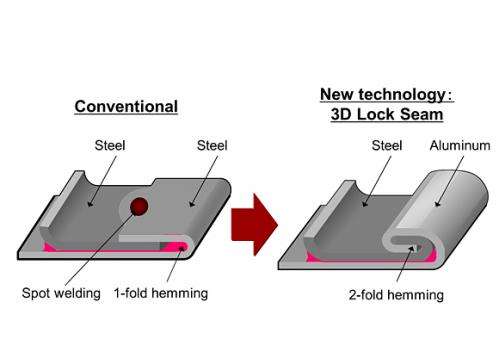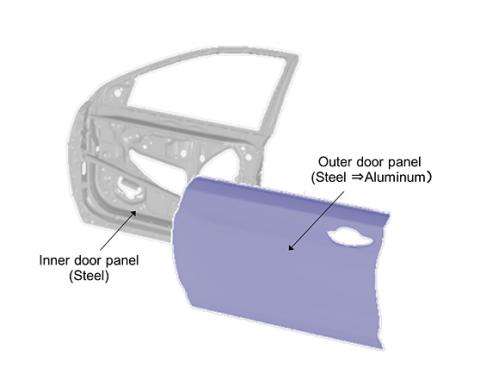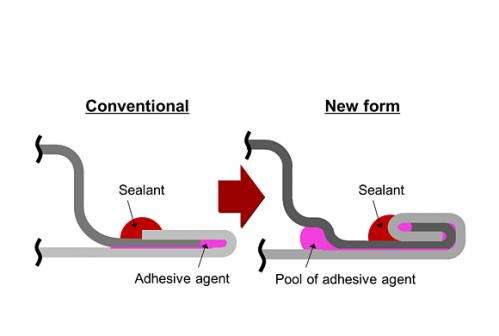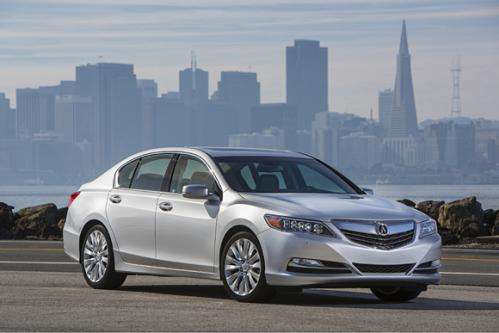New technology to join steel and aluminum with world's first application to the door panel of mass production vehicles

Honda Motor Co., Ltd. today announced that it has newly developed a technology to join steel and aluminum and applied it to enable adoption of aluminum for an outer door panel, which has conventionally been made of steel. Honda will adopt this technology first to the North American version of the all-new Acura RLX, which will go on sale in the United States in March 2013, and will expand application sequentially to other models.
To join together the dissimilar metals of steel and aluminum, the simultaneous establishment of several different technologies was required such as technologies to prevent corrosion (electrical corrosion) and thermal deformation caused by the different expansion rates of steel and aluminum.

Honda newly developed three technologies that enabled adoption of aluminum for the outer door panel:
- Technology to join dissimilar materials: adoption of "3D Lock Seam" structure, where the steel panel and aluminum panel are layered and hemmed together twice. [See figure 1]
- Technology to prevent electrical corrosion: adoption of highly anticorrosive steel for the inner panel and a new form that assures the complete filling of the gap with adhesive agent. [See figure 2]
- Technology to control thermal deformation: adoption of adhesive agent with low elastic modulus and optimized position of the 3D Lock Seam.

The advantages of these new technologies include elimination of a spot welding process required to join conventional steel door panels. Moreover, these technologies do not require a dedicated process; as a result, existing production lines can accommodate these new technologies.
The new technology contributes to the improvement of fuel economy and dynamic performance of the vehicle by reducing door panel weight by approximately 17% compared to the conventional all-steel door panel. In addition, weight reduction at the outer side of the vehicle body enables to concentrate the point of gravity toward the center of the vehicle, contributing to improved stability in vehicle maneuvering.

Honda has been making a number of efforts to further reduce vehicle weight. In 2012, with the North American version of the all-new 2013 Accord, Honda began mass-production of a front subframe featuring the steel-aluminum hybrid structure that was made possible by the Friction Stir Welding (FSW) technology.
Provided by Honda



















